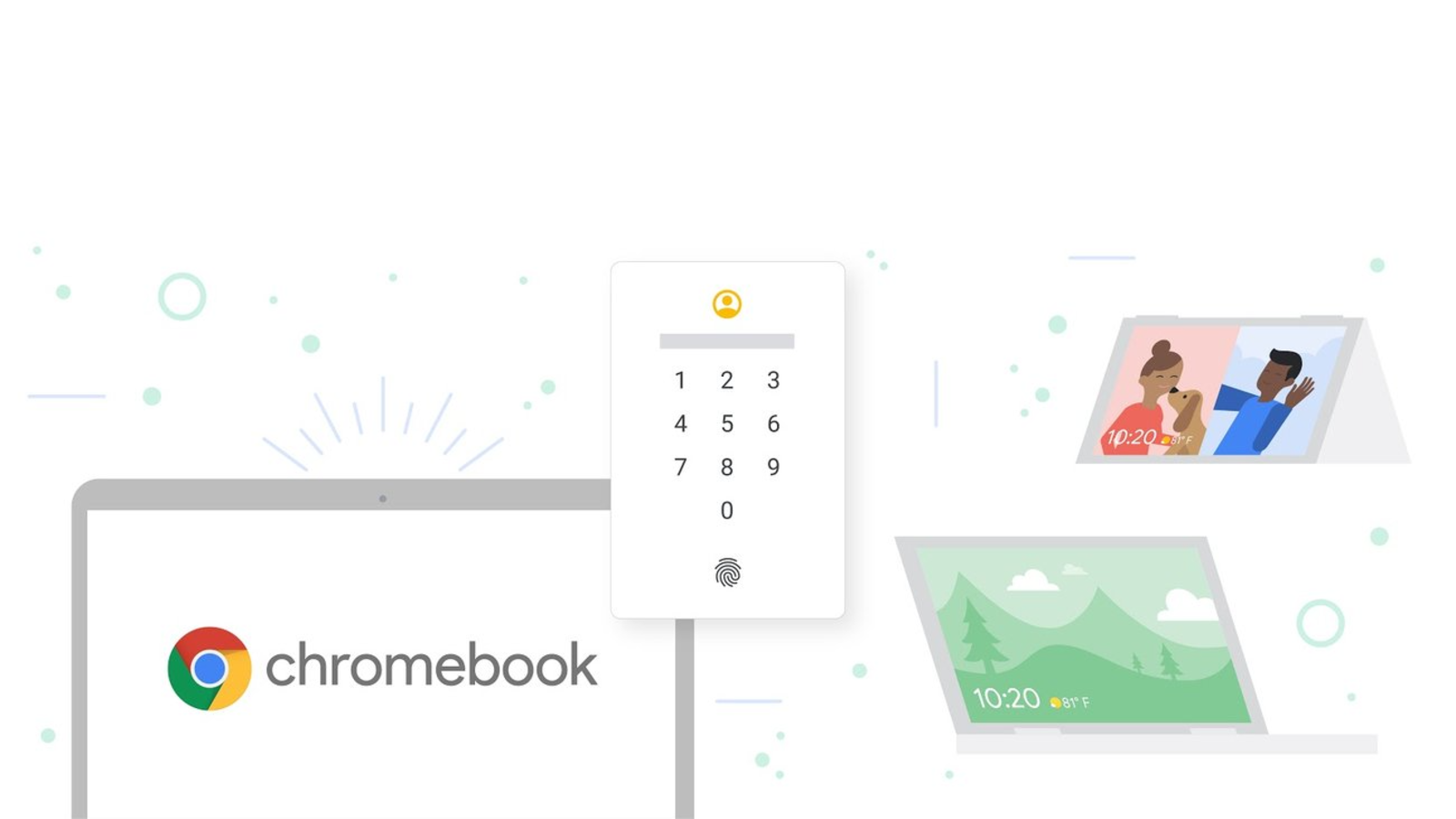On compatible sites, like Dropbox, GitHub or Okta, Chrome OS now supports signing in to sites using your fingerprint identification or PIN code! Basically, any website that supports what is called “WebAuthn” will allow you to sign in much faster than entering a long password.
I’ve heard you say that you use Chrome auto-complete and save your passwords for quick access (unless you’re the person saying you’re not using it). Well, Webauthn can also be used as a form of two-step verification for these accounts. This means that instead of having to retrieve your phone for an SMS code or authenticating app, you can simply enter your PIN or touch your fingerprint reader to continue!

This may be unnecessary to say, but to use this feature, you’ll need to set up a PIN code or fingerprint unlock in your Chromebook’s settings under People> Security and login. I recommend that if you choose to use the fingerprint reader, place one or two fingers in each hand, not just your index or thumb in the dominant hand. There are several reasons for this, but it is mainly a matter of convenience.
I know it doesn’t exactly mean death for the password, but it is a step in that direction and I will execute it. The closer we get to using biometrics for everything, the safer and less hassle will be managing our digital identities on the web.

